The record figure is 4% higher than in 2023. In coastal countries, the number of people facing severe hunger is expected to reach 6.2 million in 2024, up 16% from this year, according to a new regional food security analysis released by the United Nations World Food Programme (WFP) and other humanitarian agencies.
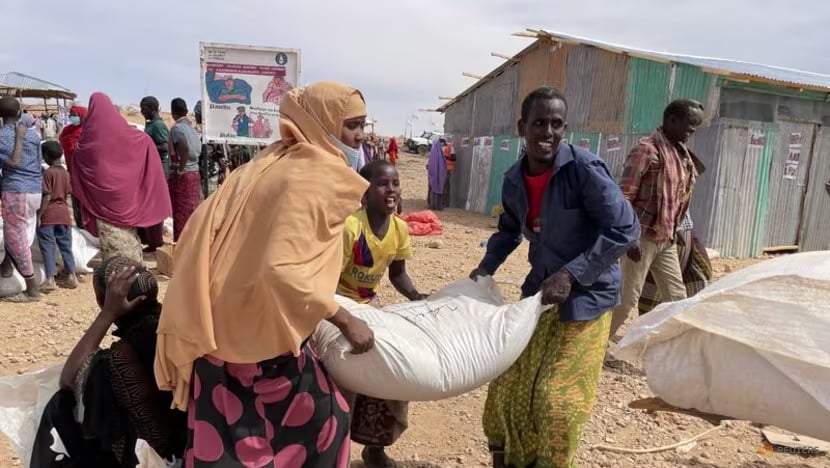
People receive grain aid in Adadle district of Somali region, Ethiopia, January 22, 2022. Photo: Reuters
“Acute hunger remains at record levels in the region, yet the funding needed to respond has not kept pace,” said Margot Vandervelden, WFP’s acting regional director for West Africa.
“Lack of funding means hungry people are forced to skip meals and consume less nutritious foods, putting them at risk of falling into crisis or emergency situations, perpetuating the cycle of hunger and malnutrition,” she said.
Analysis shows that more than two-thirds of households in West and Central Africa cannot afford to eat a healthy diet.
The cost of a nutritious daily diet in the central Sahel countries of Burkina Faso, Mali and Niger is 110% higher than the regional minimum daily wage.
Sahel countries are facing an Islamist insurgency that has forced some 4 million people to flee their homes and farms, according to the United Nations. The Democratic Republic of Congo is also experiencing multiple conflicts that have displaced nearly 7 million people.
The Sahel crisis has pushed people to seek refuge in nearby coastal countries such as Ivory Coast, Togo and Ghana, which are grappling with their worst economic crises in a generation.
“Nearly 80% of people currently facing food insecurity are in conflict-affected areas,” said Ollo Sib, senior research adviser at WFP.
He warned that without intervention, the situation could deteriorate further in some areas as more than 2.6 million people are at risk of famine.
Mai Anh (according to Reuters, CNA)
Source






![[Photo] Overcoming all difficulties, speeding up construction progress of Hoa Binh Hydropower Plant Expansion Project](https://vstatic.vietnam.vn/vietnam/resource/IMAGE/2025/4/12/bff04b551e98484c84d74c8faa3526e0)

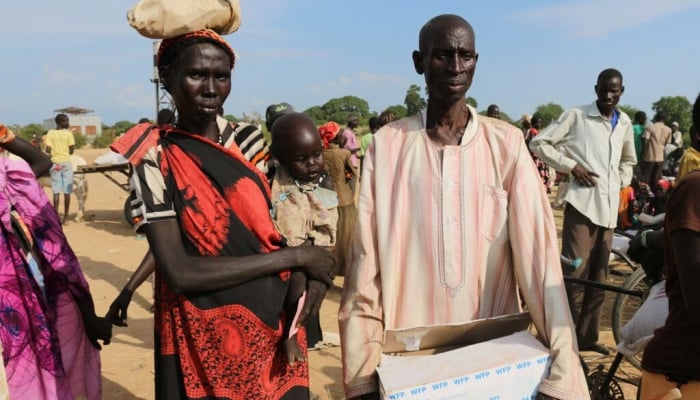
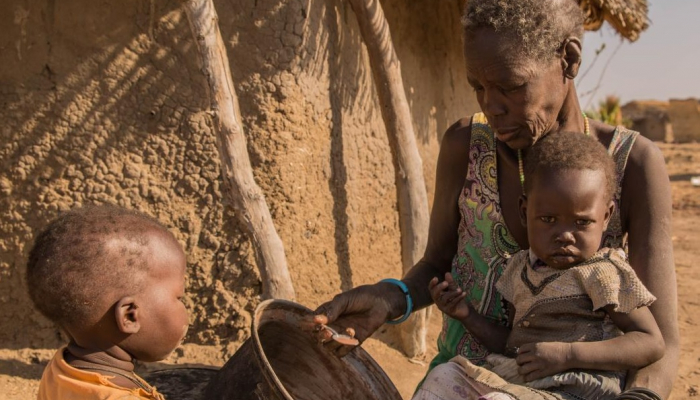

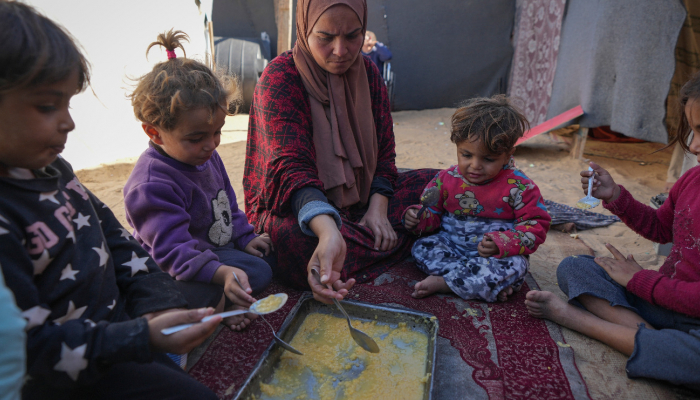
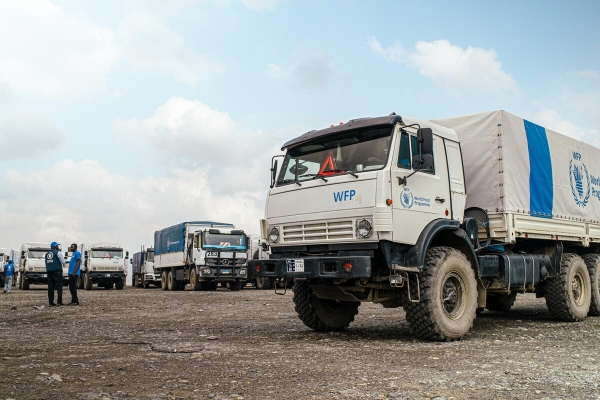

















![[Photo] "Beauties" participate in the parade rehearsal at Bien Hoa airport](https://vstatic.vietnam.vn/vietnam/resource/IMAGE/2025/4/11/155502af3384431e918de0e2e585d13a)

































































Comment (0)